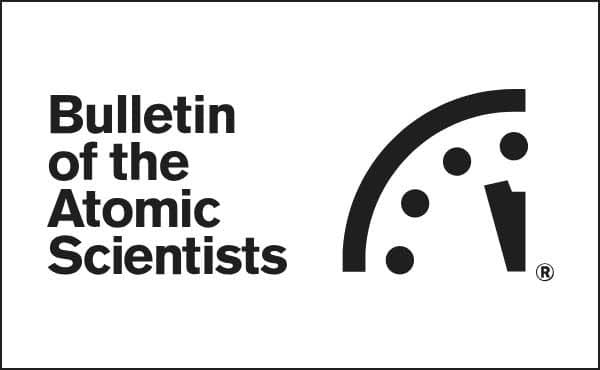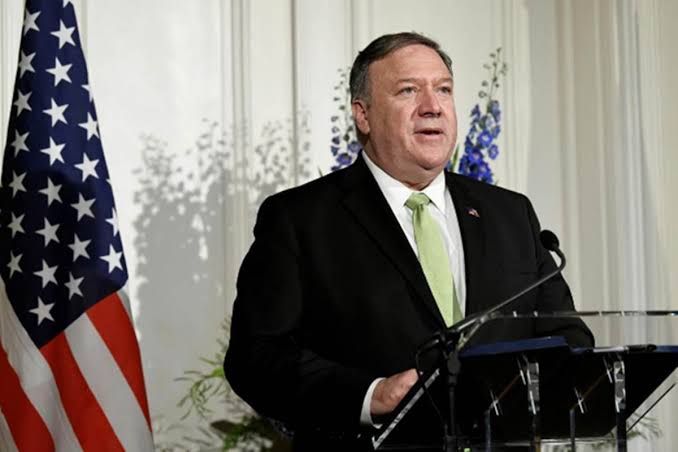Chicago: For the last many decades, the Indian nuclear policy was Pakistan centric. But since the Doklam standoff in 2017, the Indian nuclear policy has become China-centric. The Chinese capital of Beijing is within range for the Indian missiles, and India is keeping a close eye on Chinese movements. A US-based journal, Bulletin of the Atomic Scientist, has published this information.
 The US researchers established the Bulletin of the Atomic Scientist after the nuclear attack on Hiroshima and Nagasaki in 1945. Since the last many decades, the concerned organisation publishes information regarding the nuclear activities of the countries in the world through its website and journal. Hans M Kristensen, Director of the Nuclear Information Project, and his assistant Matt Korda, at the Federation of American Scientists, informed about the change in the Indian nuclear policy in the US journal two days ago.
The US researchers established the Bulletin of the Atomic Scientist after the nuclear attack on Hiroshima and Nagasaki in 1945. Since the last many decades, the concerned organisation publishes information regarding the nuclear activities of the countries in the world through its website and journal. Hans M Kristensen, Director of the Nuclear Information Project, and his assistant Matt Korda, at the Federation of American Scientists, informed about the change in the Indian nuclear policy in the US journal two days ago.
A few years ago, the Indian nuclear policy was traditionally entirely Pakistan centric. The US journal reminded that the tension reigning between these two nuclear countries was always a security concern for the international community. But following the flare-up of the standoff with China at Doklam in 2017, India had to change its traditional nuclear policy. Kristensen and Korda pointed out that the Indian nuclear policy became more and more China-centric, given the nuclear capabilities of China as compared to India. While talking about the Indian nuclear policy becoming China-centric, Kristensen and Korda also revealed the information regarding the Indian nuclear capabilities.
 These researchers claimed that India has prioritised modernisation of nuclear weapons as an important part of the nuclear strategy. Cognisance of the Agni-5 intercontinental ballistic missile, capable of carrying a nuclear warhead, has been taken. Agni-1, Agni-2, Agni-3, Agni-4 nuclear-capable missiles also find a mention in the report. Kristensen and Korda have written that out of these, Agni-4 and Agni-5 missiles can hit targets as far as the Chinese capital of Beijing and the city of Shanghai. The article also says that India is developing technology to launch missiles from mobile launchers, fighter jets and submarines, and all these systems will soon be ready for deployment. The journal drew attention to the fact that the fighter jets Mirage-2000, Jaguar-IS and even the Rafael jets scheduled to join the Indian Airforce fleet in the next week can be equipped with nuclear weapons. The journal also warned that the K-15 and K-4 missiles, launched from the Arihant submarines, also can target Chinese cities. Despite all this, India is firm on its No First Use policy regarding nuclear weapons.
These researchers claimed that India has prioritised modernisation of nuclear weapons as an important part of the nuclear strategy. Cognisance of the Agni-5 intercontinental ballistic missile, capable of carrying a nuclear warhead, has been taken. Agni-1, Agni-2, Agni-3, Agni-4 nuclear-capable missiles also find a mention in the report. Kristensen and Korda have written that out of these, Agni-4 and Agni-5 missiles can hit targets as far as the Chinese capital of Beijing and the city of Shanghai. The article also says that India is developing technology to launch missiles from mobile launchers, fighter jets and submarines, and all these systems will soon be ready for deployment. The journal drew attention to the fact that the fighter jets Mirage-2000, Jaguar-IS and even the Rafael jets scheduled to join the Indian Airforce fleet in the next week can be equipped with nuclear weapons. The journal also warned that the K-15 and K-4 missiles, launched from the Arihant submarines, also can target Chinese cities. Despite all this, India is firm on its No First Use policy regarding nuclear weapons.













